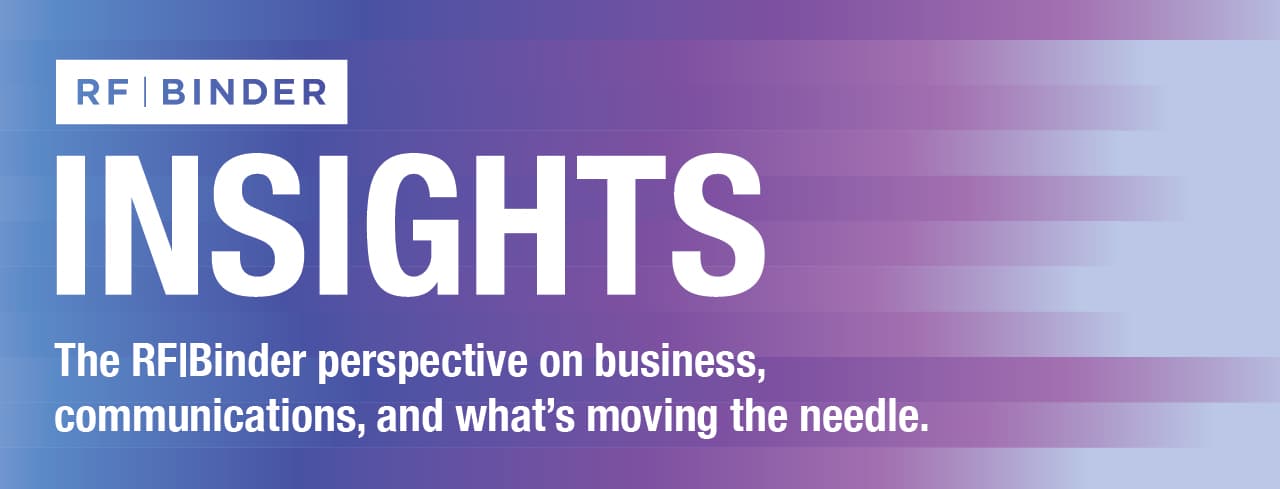The Millennial generation was touted as the beacon of hope for the wine industry for the past decade, particularly as the equally large, wine consuming Boomer generation begins to retire and their purchasing power starts to wane. Now in their mid-twenties to early forties, Millennials have not only not lived up to the industry’s expectations, but they’ve become somewhat of an enigma: despite efforts to engage this group for years, Millennials drink less wine than previous generations and they’re far more alcohol agnostic, leading to a potential 20% decrease in wine sales over the next decade.
There are a few reasons for this. Millennials are the first generation to be truly shaped by the accessibility of the internet, the rise of smartphones, and the connectivity of social media. This is a generation whose prime has been bookended by economic challenges, is more mindful of the devastating impacts of climate change, and has navigated mounting social and political unrest as they’ve aged.
As a more discerning group of consumers, the “build it and they will come” approach that the wine industry has taken no longer works for Millennials–and definitely doesn’t resonate with the up-and-coming Gen Z. Here are five ways the wine industry can truly engage this audience.
1. Don’t Fear Mindful Drinking, Embrace It
Sixty-six percent of American Millennials are actively moderating their alcohol consumption – a number that is likely to rise given the consumer beverage trend toward no- and low-alcohol options and with health and wellness becoming even more important to this generation. But while only 20% of Millennials are regular wine drinkers, they are still the country’s largest consumer group.
There’s a lot of potential for growth if the industry makes some important tweaks to strategically engage a consumer who loves wine but is also very focused on his or her health. Think about packaging innovations that are convenient while also prolonging the shelf-life of your product – like Tablas Creek’s move to package the first premium rosé in bag-in-box. Consider including recommended serving sizes along with standardized calorie counts and average alcohol content per glass, so Millennials at least have the opportunity to compare their favorite wine to that new buzzy hard seltzer.
2. Lean Into Your Values – with Authenticity
Millennials are increasingly value-driven when making their purchasing decisions. For example, in Deloitte’s 2021 global Millennial survey, one third of Millennials shifted their purchasing decisions based on companies’ responses to COVID-19. This demographic is more likely to start or stop supporting a brand based on how they respond to social and political issues, how they value the environment, and how they value their employees.
Wine companies can begin to build relationships with Millennials by carefully communicating their unique values, whether it is championing LGBTQ+ industry leaders or doing the right thing for often overlooked but essential employees. But make sure what you’re communicating is true and authentic to you; marketing-savvy Millennials can spot virtue signaling from a mile away.
3. Investing in Diversity Is Investing in Your Business
The wine industry–from those in leadership positions to those actually doing the drinking–has long been dominated by white Americans. Today nearly 70% of all wine drinkers are white, while only 55% of Millennials identify as white.
There have been efforts to diversify the industry with fantastic organizations such as The Roots Fund, Lift Collective, and Wine Unify, and these movements toward inclusivity are imperative for the future success of the wine business in the United States. Think about how you can invest in diversity across your business, ranging from the vendors you’re working with and the team you are hiring, to how you’re marketing your wines and what image you’re curating in your digital presence.
4. Forget the Buzzwords – Go Green from Top to Bottom
According to Wine Intelligence in 2021, nearly 60% of American wine drinkers say they “worry about climate change and are taking actions to reduce their personal impact,” with this number primarily driven by Millennials and Gen Z. Additionally, a wine including the word “natural” on its label increases likelihood of purchase by 8%. But Millennials are becoming increasingly conscious of ‘greenwashing’ – and the wine industry is doing little to help with seemingly contradictory or nebulous terms such as natural wine, clean wine, and sustainable.
To truly make an impact with Millennial consumers, wine companies should take a two-pronged approach: first, to look beyond vineyard sustainability to evaluate eco-friendliness in all aspects of their wine business, from winery operations, to packaging and shipping, sales strategies, and employee support; and second, to better message and educate on the basics of vine growing and winemaking so consumers better understand this agricultural product.
5. Be Human
Okay – less of an insight, more of a reminder, and definitely not Millennial-specific. Between a global pandemic, Black Lives Matter, the Great Resignation and war in Ukraine, these major cultural moments and movements have taught us the necessity of treating others as human beings and individuals in every aspect of life, including over a bottle of wine and how they are communicated with and generationally marketed to.
As a communications firm specializing in food, beverage and nutrition, we make it our mission to build businesses with purpose, taking in consideration the big picture but also looking beyond these superficialities to make a real connection with people.
Interested in discussing more ways you can engage Millennials with your wine brand? Reach out to me at cassidy.havens@rfbinder.com!

